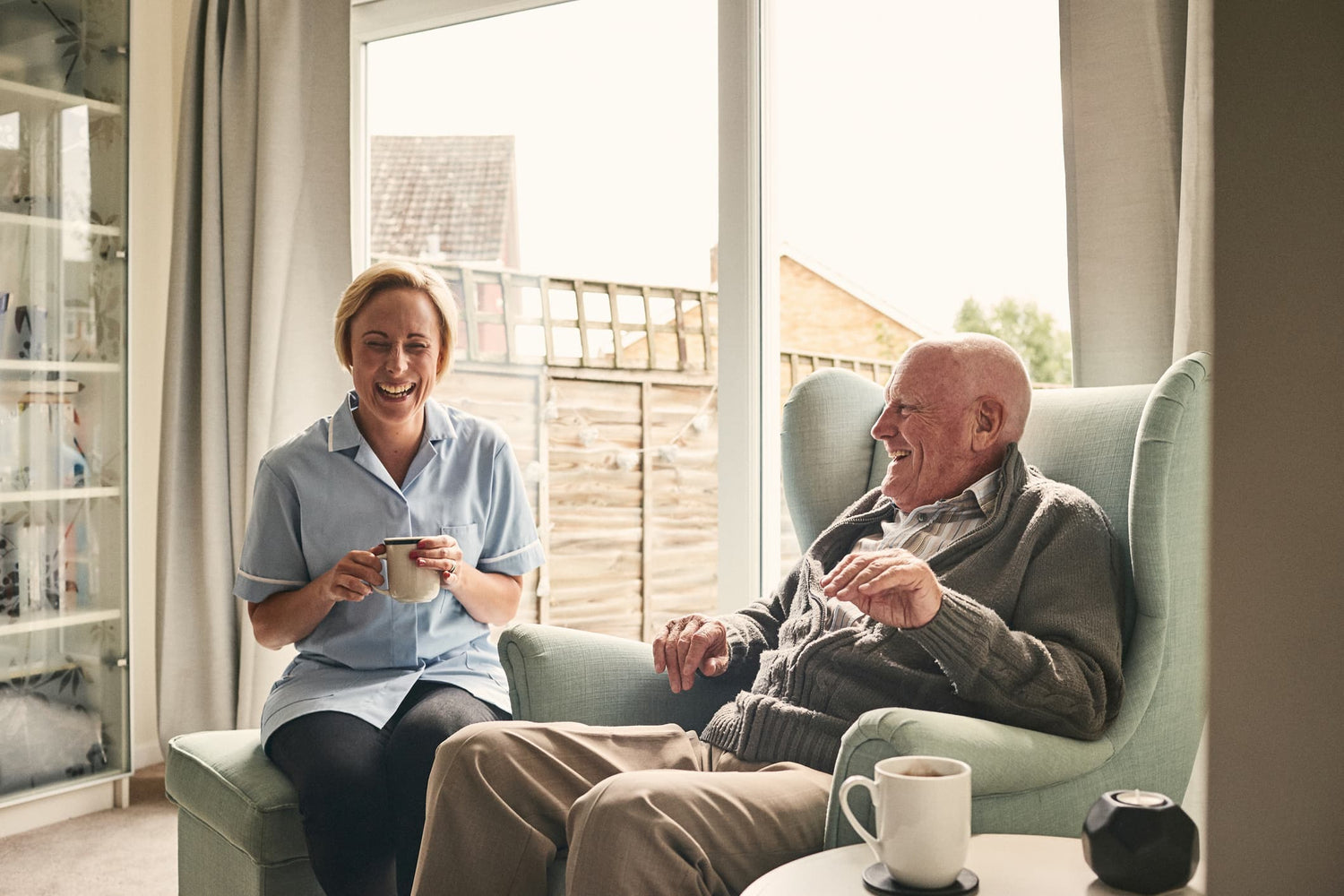Explore our collection of informative and educational blog posts to stay updated on the latest industry trends and expert advice.
Therapy Dogs for Schools

Considering adding a canine to your school roster this year? Studies show therapy dogs make a big impact on childhood education, especially in terms of social emotional learning in young kids. While you’ll need to be sure the pros outweigh the cons in your particular situation, therapy dogs are becoming a popular choice for classrooms across the globe.
What are the benefits of therapy dogs?
A 2014 study found that therapy dogs provide substantial social-emotional and learning benefits to students. For the study, five school social workers and three therapy dog handlers were interviewed regarding their perceptions on using therapy dogs in schools and how the therapy dogs may impact students.
The data was analyzed using the content analysis method in which themes were developed from participant responses, integrating the perceptions of the school social workers and the therapy dog handlers, and then were linked to previous literature.
The findings indicated that “using therapy dogs in schools could benefit students by serving as an intervention and helping students learn skills that result in better connection and relationships, and skills that can assist with self-regulation and self-control.”
Paws for People, a non-profit in the U.S., has reported the following benefits of therapy dogs:
- Lower people’s blood pressure and stress levels
- Increase levels of dopamine and serotonin
- Improve physical well-being
- Decrease anxiety
- Dramatically increase positive mood
- Ease social isolation and help children learn social skills
- Help young readers gain confidence
For readers in particular, therapy dogs can make a big difference:
- helps children focus better
- improves literacy skills
- provides non-stressful, non-judgmental environment
- increases self-confidence
- reduces self-consciousness
- encourages the love of reading in specific and learning in general
Another study, in 2016, found that therapy dogs improved children’s reading skills and attitudes toward reading:
“Interview results agreed with earlier studies noting improvements in reading and writing skills as well as attitude and enthusiasm for reading across all grade levels but with greatest gains for Special Education, ESL, and children who struggle with reading.”
How do therapy dogs help with anxiety?
Dogs trained especially for anxiety management have an amazing ability to help ease humans’ anxiety in the following ways:
- detecting signs of an anxiety attack before it happens
- fetching medication or water during an anxiety attack
- bringing someone to help the person in distress
- preventing strangers from approaching the person in distress
- calming a person down during an anxiety attack through distraction, such as licking their face or providing a paw
- providing deep pressure therapy to soothe their owner
- retrieving a phone during an anxiety attack
- reminding a person to take their medication at certain times of the day
- performing safety checks of rooms or turning the lights on for people with post-traumatic stress disorder (PTSD)
In schools, researchers have found university students “reported significantly less stress and anxiety, and increased happiness and energy, immediately following spending time in a drop-in session with a dog present, when compared to a control group of students who didn’t spend any time with a therapy dog.” Therapy dogs also encourage students to connect more with each other, decreasing feelings of loneliness and isolation.
The benefits are clear. So how do you go about training a dog for therapy, anyway?
Can your dog be a therapy dog in Australia?
First of all, you’ll need to gauge your pup’s personality. According to Jennifer Henley, PhD, the manager of the Animal Assisted Therapy program at San Francisco SPCA, personality matters more than breed when it comes to training therapy dogs. Your dog should:
- Enjoy meeting new people
- Have no negative history (like nipping or biting)
- Follow commands, such as sit, leave it, stay and down
- Be OK with new noises, smells and environments
- Be able to be calm and sit still during visit
The exact evaluation exam and certification standards vary depending on what organisation you’re being certified by, but the training typically involves:
- Training classes (usually 4+ hours over several weeks)
- Your dog demonstrating the ability to follow a series of commands (sit, stay, off, leave it, say hi)
- Monitored visits to observe how your dog does
- Proof of health from a vet (you may have to re-submit this annually)
You may also have the option to go through several levels of certification as your dog gets more experience. Some organisations offering therapy training and certification programs in Australia include Delta Society and Therapy Dogs Australia.
If you’re on the fence about introducing therapy dogs to your school or training your own dog to become a therapy dog, consider the positive impact therapy dogs are making in schools around the world. Especially in times of stress and uncertainty, whether it’s dealing with the angst of adolescence or feeling anxious about world events, therapy dogs can offer an incredible amount of calm in the midst of the storm. Consider bringing a therapy dog on board at your school to create a peaceful environment for children to feel safe learning and growing together.








